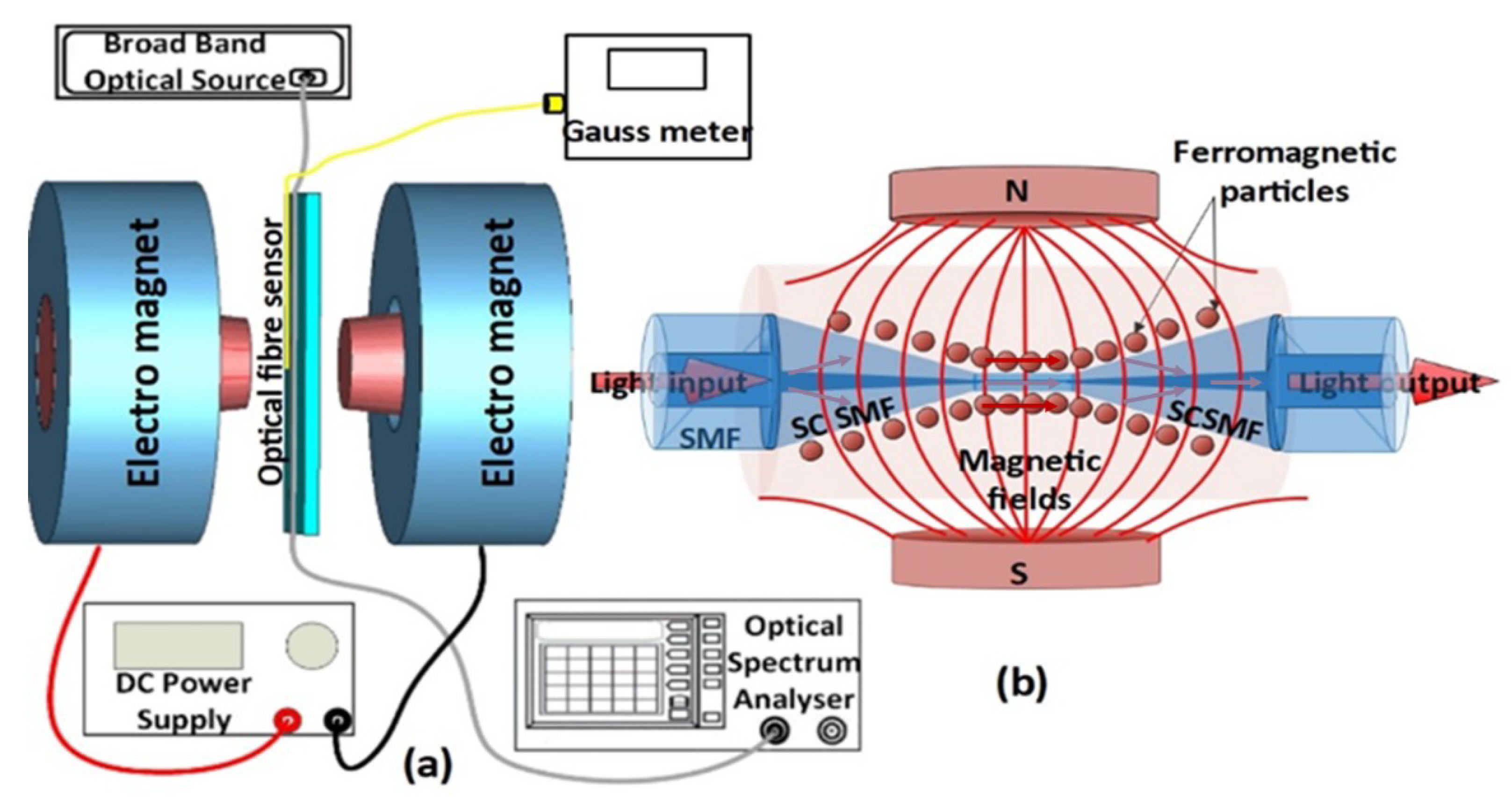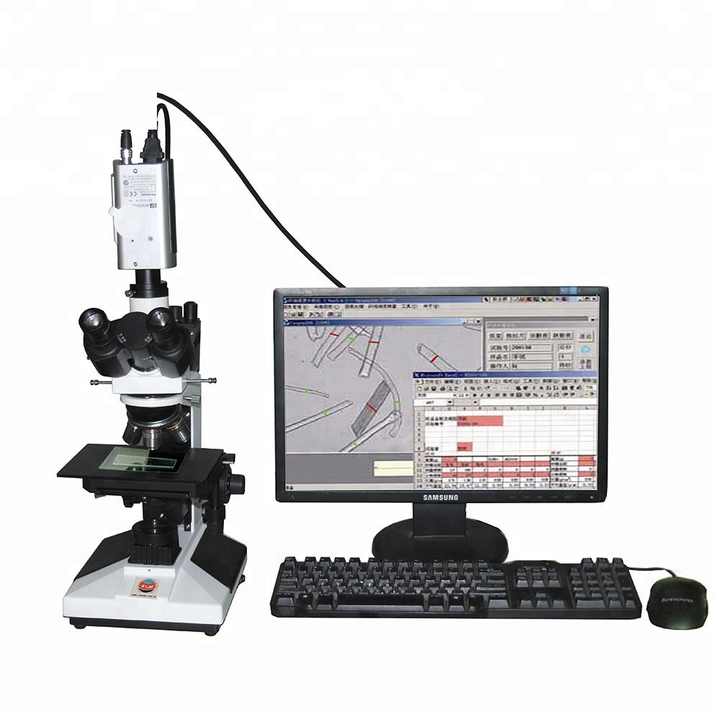Industry Standards Met by Optical Fibre Diameter Analyser Systems
Industry Standards Met by Optical Fibre Diameter Analyser Systems
Blog Article
Optimize Your Fibre Optic Performance: Recognizing Optical Fibre Size Analyser Technology
The performance of fibre optic systems is seriously influenced by the accuracy of their diameter, an element often overlooked in the pursuit of optimum signal honesty. Comprehending the modern technology behind optical fibre size analysers discloses the elaborate equilibrium between dimension precision and manufacturing top quality.
Importance of Optical Fiber Diameter
The diameter of optical fibre plays an essential role in identifying the efficiency and effectiveness of interaction systems. Conversely, smaller sized sizes often tend to sustain fewer settings, which can improve signal quality and minimize crosstalk.

Furthermore, understanding the diameter's effects can cause cost financial savings by lowering the demand for signal boosting and repeaters in considerable networks (optical fibre diameter analyser). In verdict, the relevance of optical fiber size can not be overemphasized, as it straight impacts the total performance and dependability of contemporary communication systems

Exactly How Diameter Impacts Signal Quality
Signal high quality in optical fibre systems pivots considerably on the size of the fiber. The size affects several crucial criteria, including depletion, bandwidth, and modal dispersion. A smaller diameter can bring about greater attenuation prices, leading to signal loss as light travels via the fibre. This attenuation can compromise the honesty of the transmitted data, bring about a decline in signal high quality, particularly over long ranges.
Conversely, larger sizes generally enable for boosted light capture and lowered modal diffusion, improving signal quality. In multimode fibers, a bigger core size can support multiple light settings, however it may also introduce intermodal dispersion, which can deteriorate signal top quality. Therefore, picking the optimal fiber size is important for accomplishing the preferred efficiency in particular applications.
Additionally, the communication in between the fiber diameter and the wavelength of the light made use of plays a vital duty in establishing the reliable transmission range and general signal honesty. Recognizing how fibre size impacts signal high quality is important for network developers and designers striving to optimize optical fibre systems for dependable, high-speed information transmission.
Review of Size Analyser Modern Technology
In several optical fiber production processes, precise measurement of fibre diameter is essential for ensuring consistent performance and quality (optical fibre diameter analyser). Diameter analysers are sophisticated instruments developed to assess the physical measurements of optical fibres with high precision. They use advanced optical and laser innovations to measure the diameter, ovality, and concentricity of the fibre, thus supplying vital data for quality control
These analysers can run in-line during the manufacturing procedure or as component of off-line screening procedures. In-line systems make it possible for real-time surveillance, allowing manufacturers to change specifications right away, thereby maintaining ideal production conditions. Off-line analysers, on the various other hand, supply extensive evaluations of sets, making certain that any type of deviations from specified tolerances are determined and dealt with.
Diameter analysers significantly add to the decrease of issues in optical fibers, enhancing overall item dependability. By regularly gauging essential criteria, these innovations help with compliance with sector standards and specifications. As the demand for high-performance optical fibers remains to increase, the function of size analysers becomes increasingly essential in attaining the preferred quality and performance criteria in fiber optic systems.
Key Features of Fiber Diameter Analysers
Although various models of fiber size analysers exist, they generally share a number of other key functions that improve their functionality and reliability. One of the most significant attributes is high-resolution dimension capabilities, which make certain precise size analyses, vital for maintaining high quality control in fiber manufacturing. In addition, numerous analysers integrate advanced optical sensors made to identify minute variations in fiber diameter, therefore providing vital information for process optimization.
Another crucial attribute is click for more real-time tracking, permitting drivers to receive immediate feedback on fibre diameter throughout the manufacturing process (optical fibre diameter analyser). This capability assists in quick changes and lowers the probability of defects. Many analysers additionally come outfitted with straightforward interfaces, enabling operators to quickly navigate via setups and data outcomes
Furthermore, durable data storage and evaluation performances are crucial for tracking historic performance fads and making sure conformity with sector requirements. Some designs also use connectivity choices for integration into existing manufacturing control systems, improving overall operational performance. Portable and portable designs enable for versatile release within production settings, making sure that top quality assurance processes are seamless and effective. These attributes jointly add to the efficacy of fibre diameter analysers in enhancing fibre optic performance.
Ideal Practices for Fiber Optimization

First, regular calibration of optical fibre size analysers is necessary. This guarantees exact measurements and lessens possible inconsistencies that could affect performance. Next, keeping a clean workplace is important; dirt and contaminants can lead to indicate deterioration.
Additionally, it is essential to select fibers that satisfy specific application demands. This includes reviewing variables such as attenuation, data transfer, and environmental conditions. Correct setup strategies ought to also be stuck to, including staying clear of sharp bends and excessive stress, which can endanger fiber honesty.
Additionally, using sophisticated surveillance systems can promote real-time efficiency analyses, allowing timely recognition of concerns. Normal testing and maintenance must be carried out to guarantee that fibers remain within ideal operational parameters.
Lastly, training employees on the current fiber optimization modern technologies and techniques will enhance their ability to implement effective approaches. By complying with these finest methods, companies you could try here can dramatically boost the efficiency and life-span of their optical fibre systems, ensuring effective communication and data transfer.
Final Thought
In conclusion, the assimilation of optical fibre diameter analyser modern technology is crucial for making best use of fiber optic performance. By making certain exact measurements of fiber dimensions, these analysers dramatically enhance signal high quality and decrease losses throughout data transmission.
Signal high quality in optical fiber systems hinges substantially on the diameter of the fiber.In lots of optical fiber manufacturing procedures, precise dimension of fibre size is important for making certain regular efficiency and top quality. As the demand for high-performance optical fibres continues to increase, the role of diameter analysers becomes significantly essential in achieving the preferred top quality and efficiency standards in fibre optic systems.
These attributes collectively add to the efficacy of fibre diameter analysers in maximizing fibre optic efficiency.
In verdict, the assimilation of optical fibre size analyser technology is crucial for maximizing fiber optic efficiency.
Report this page